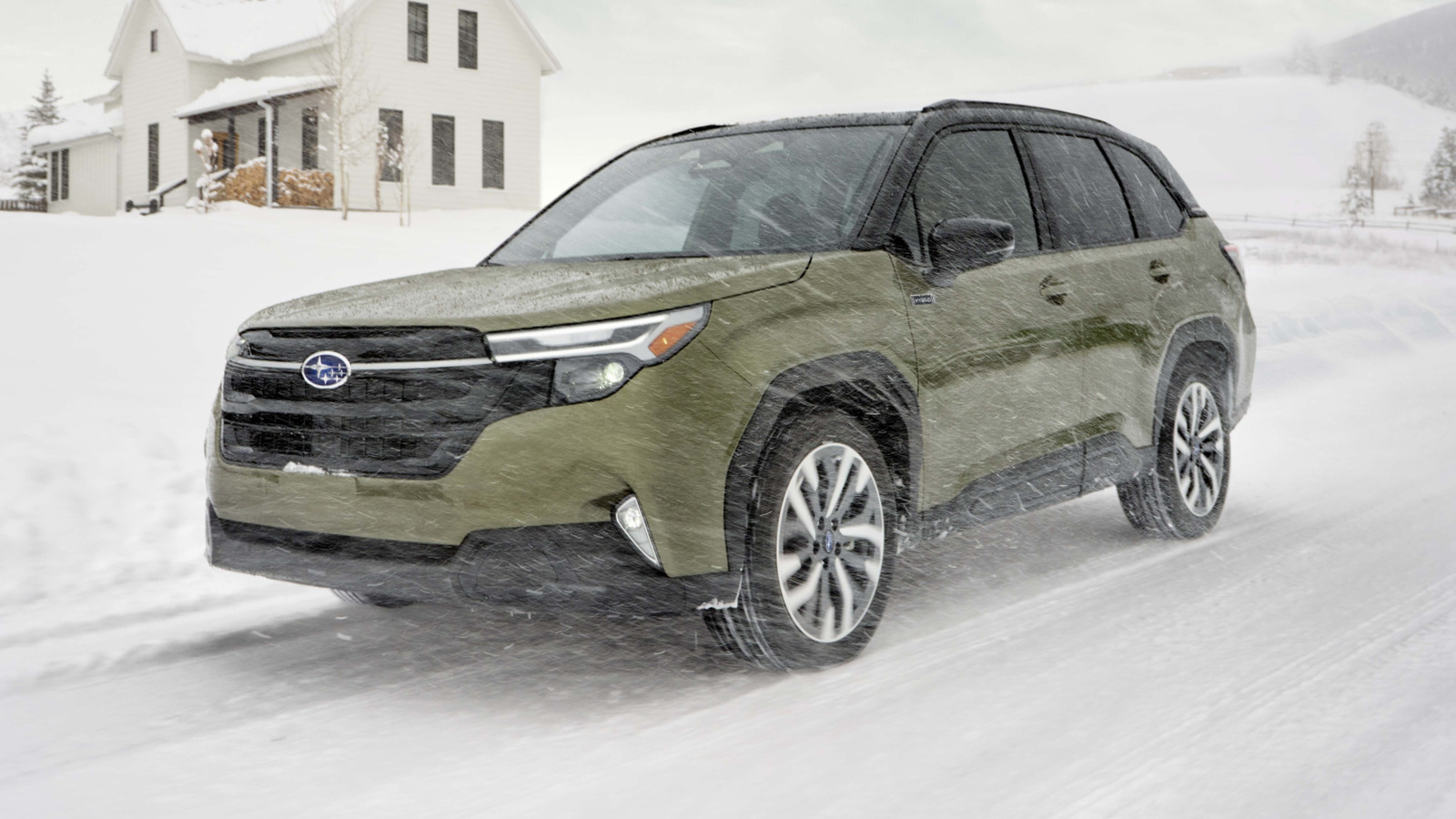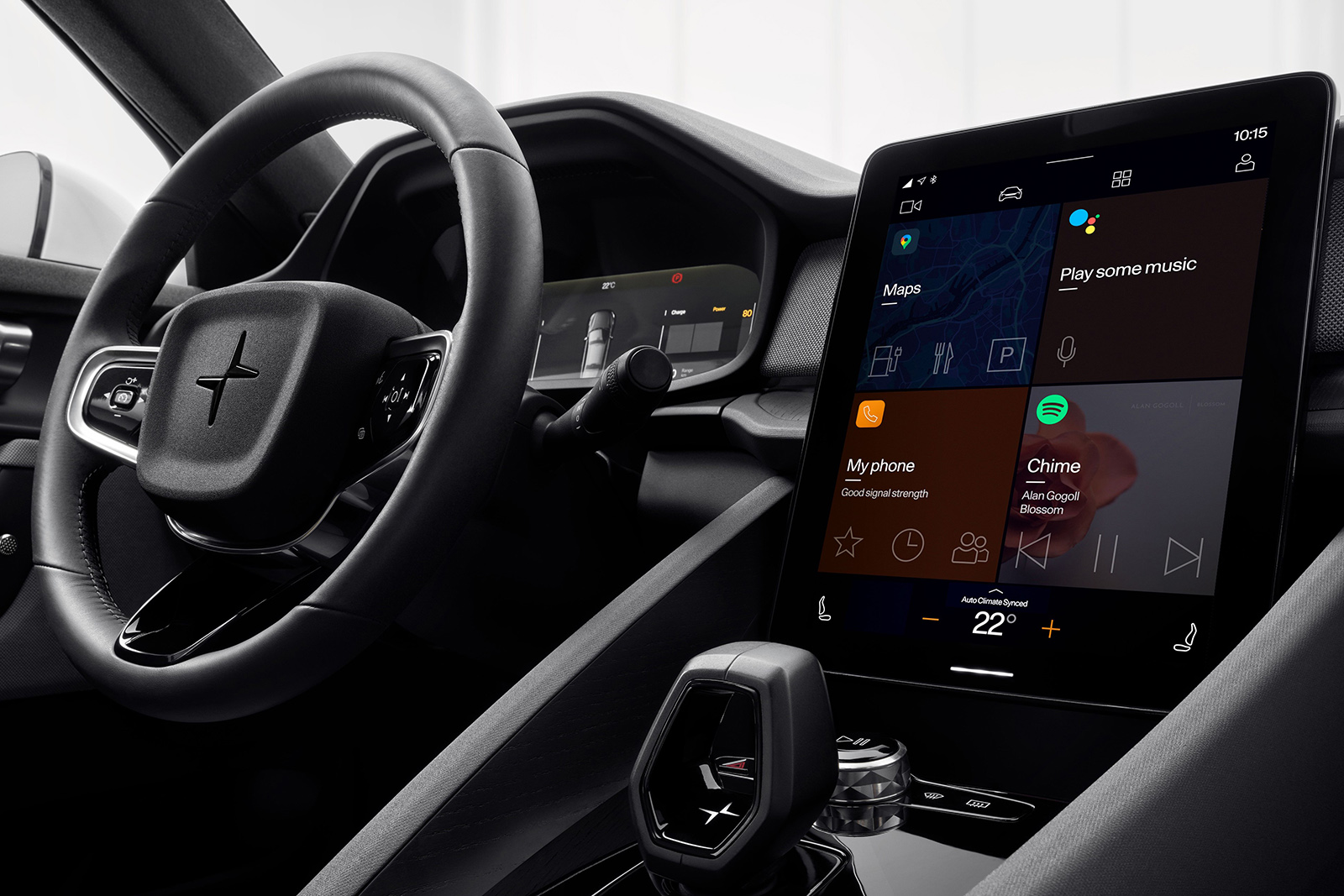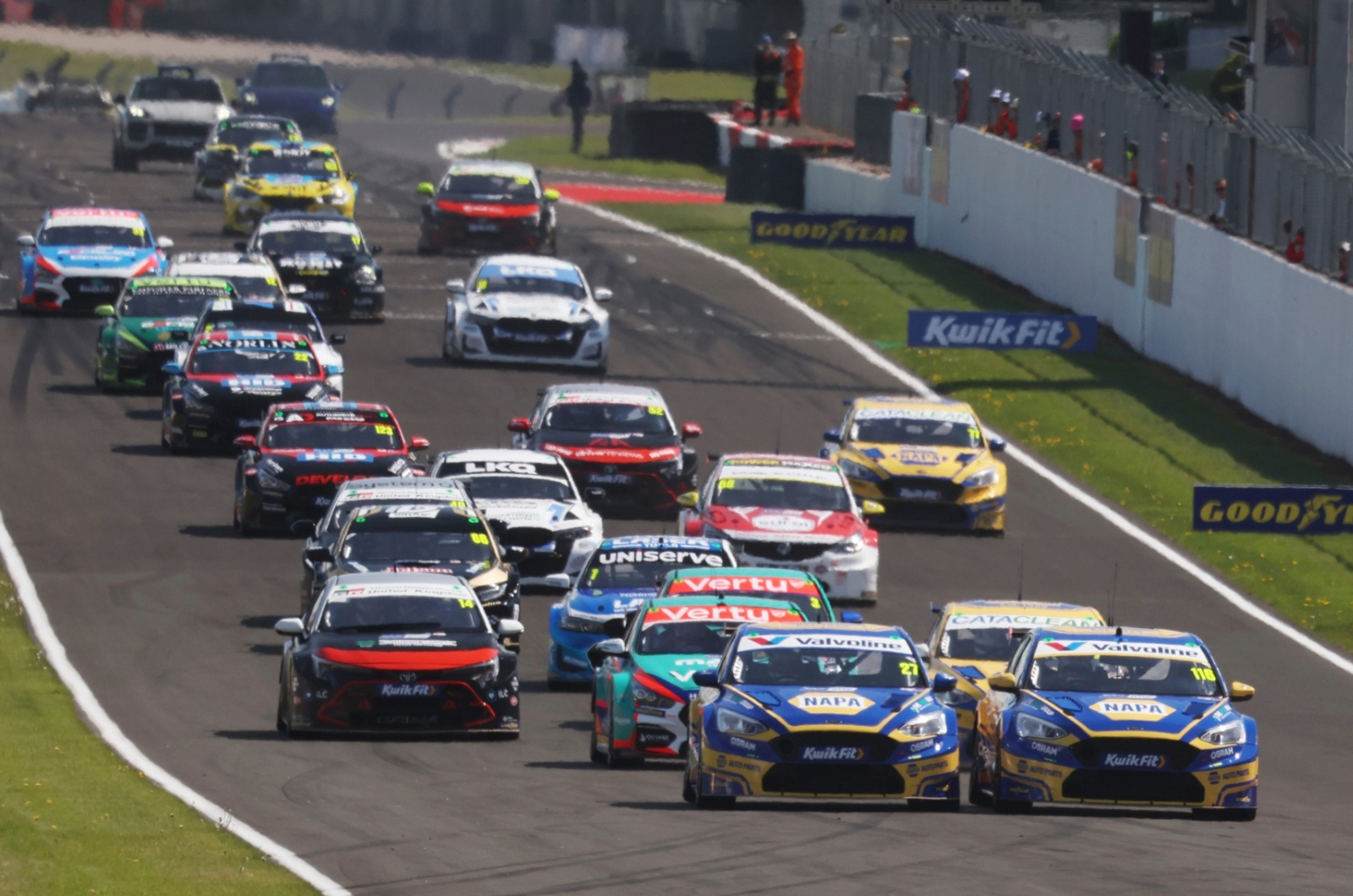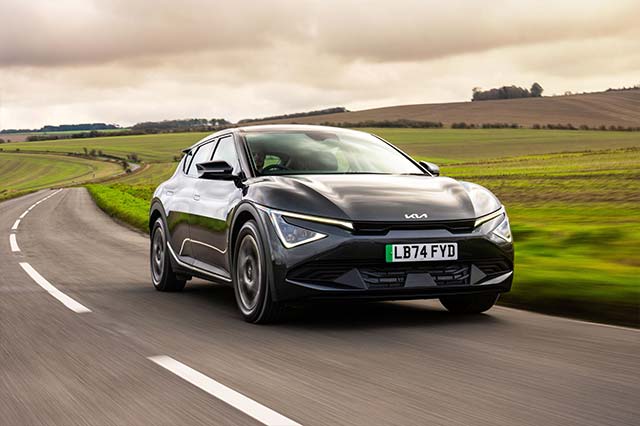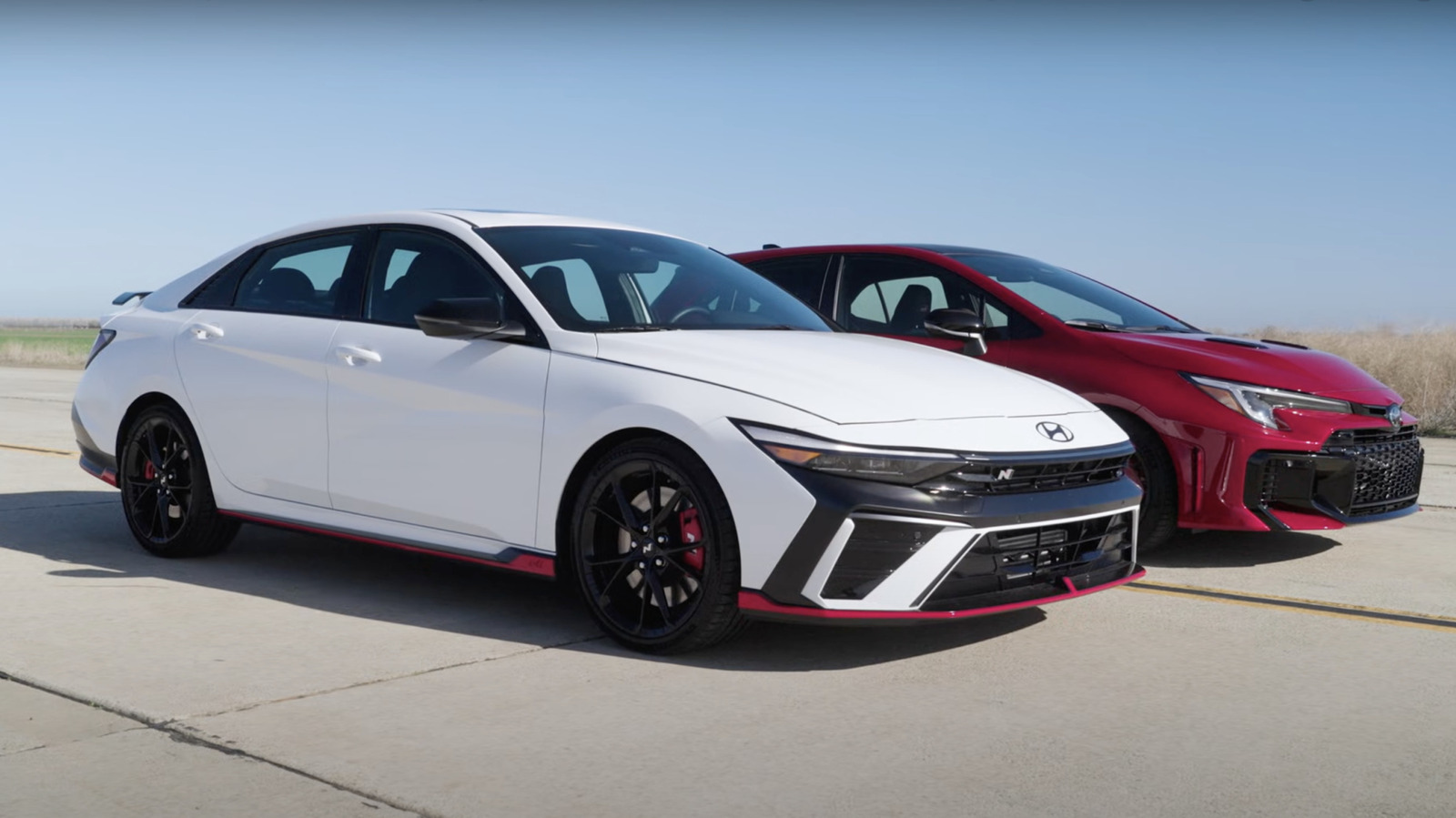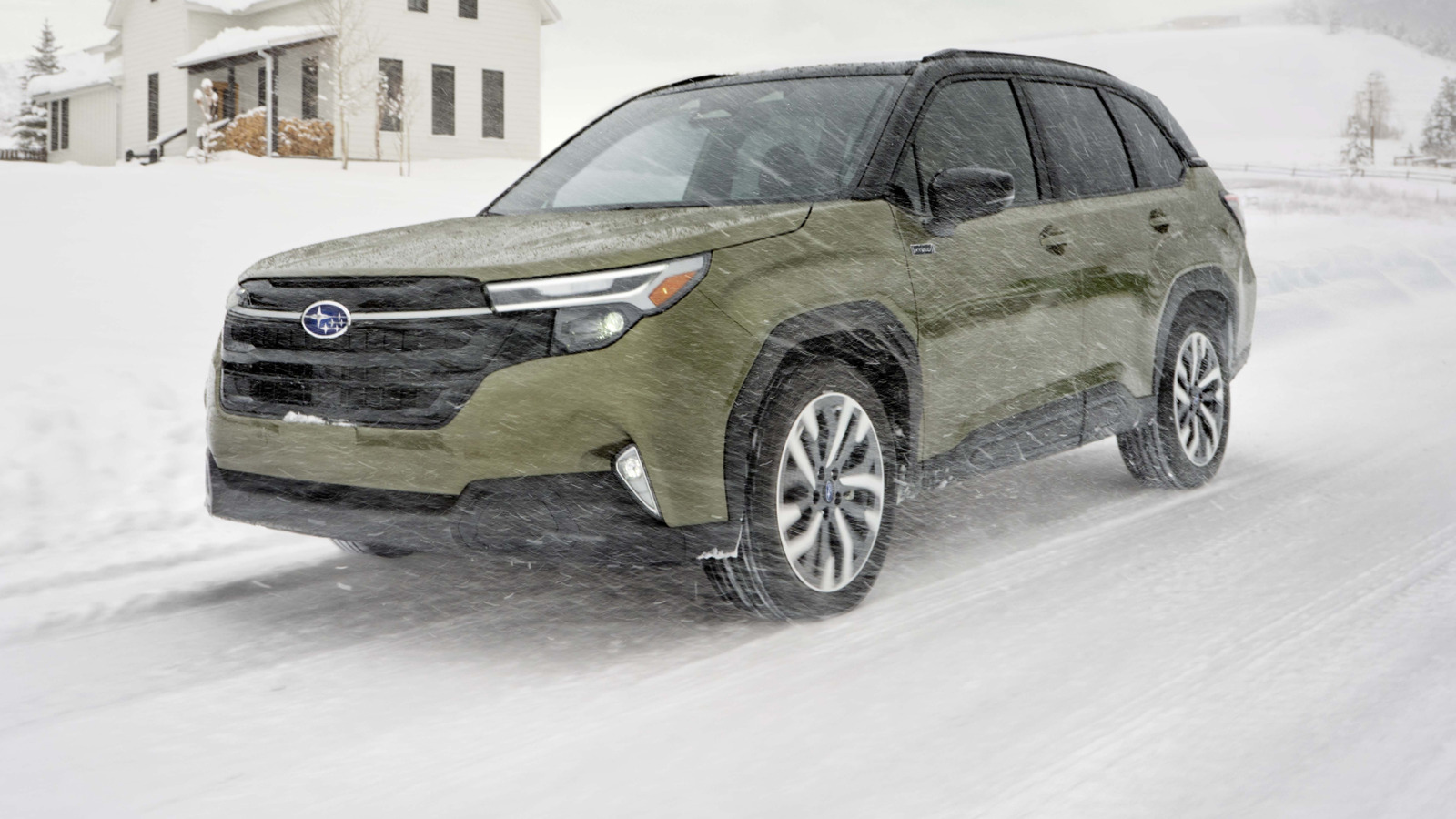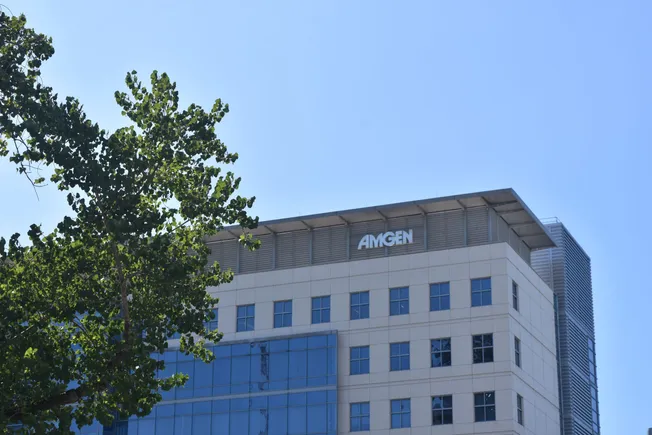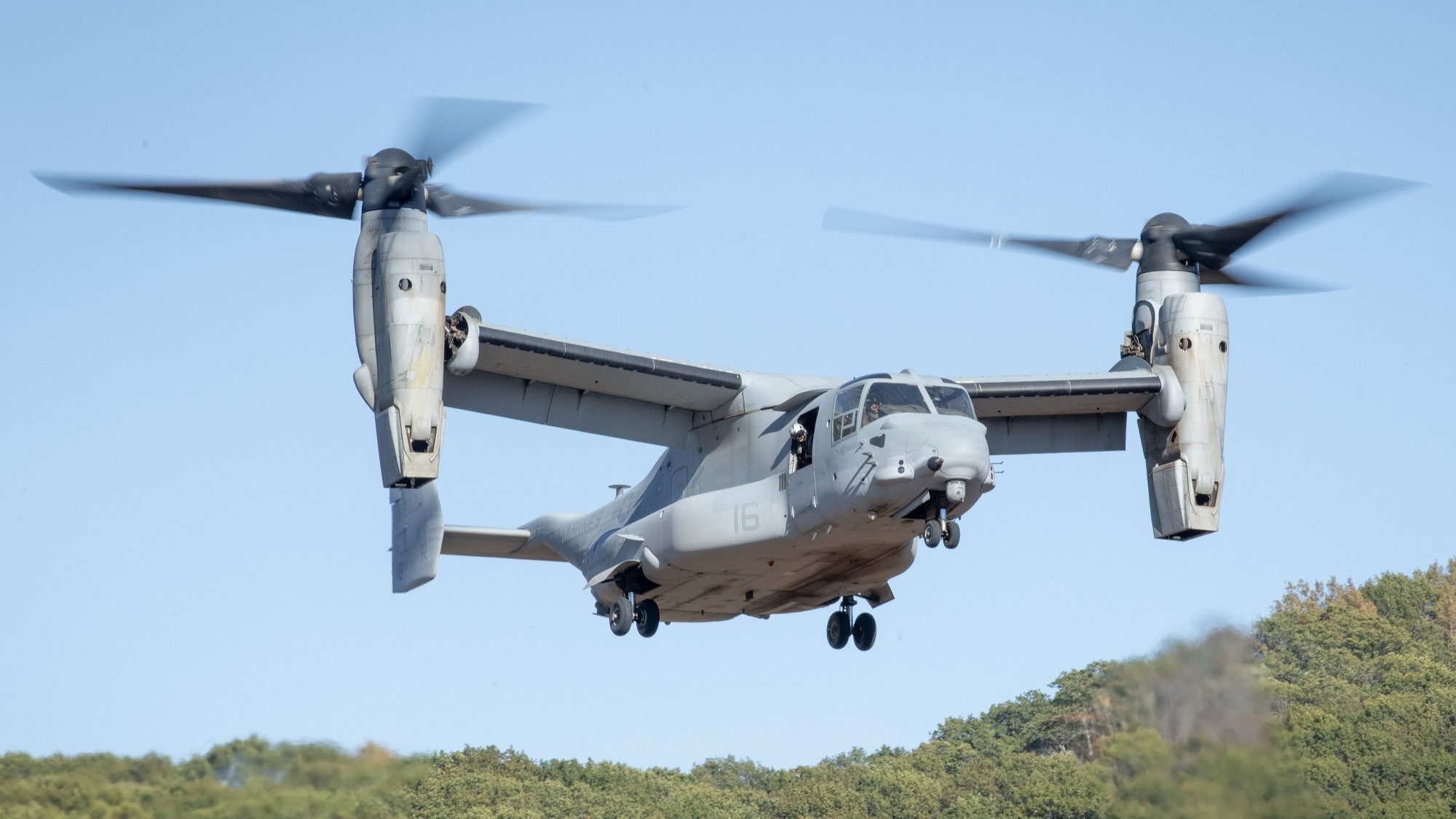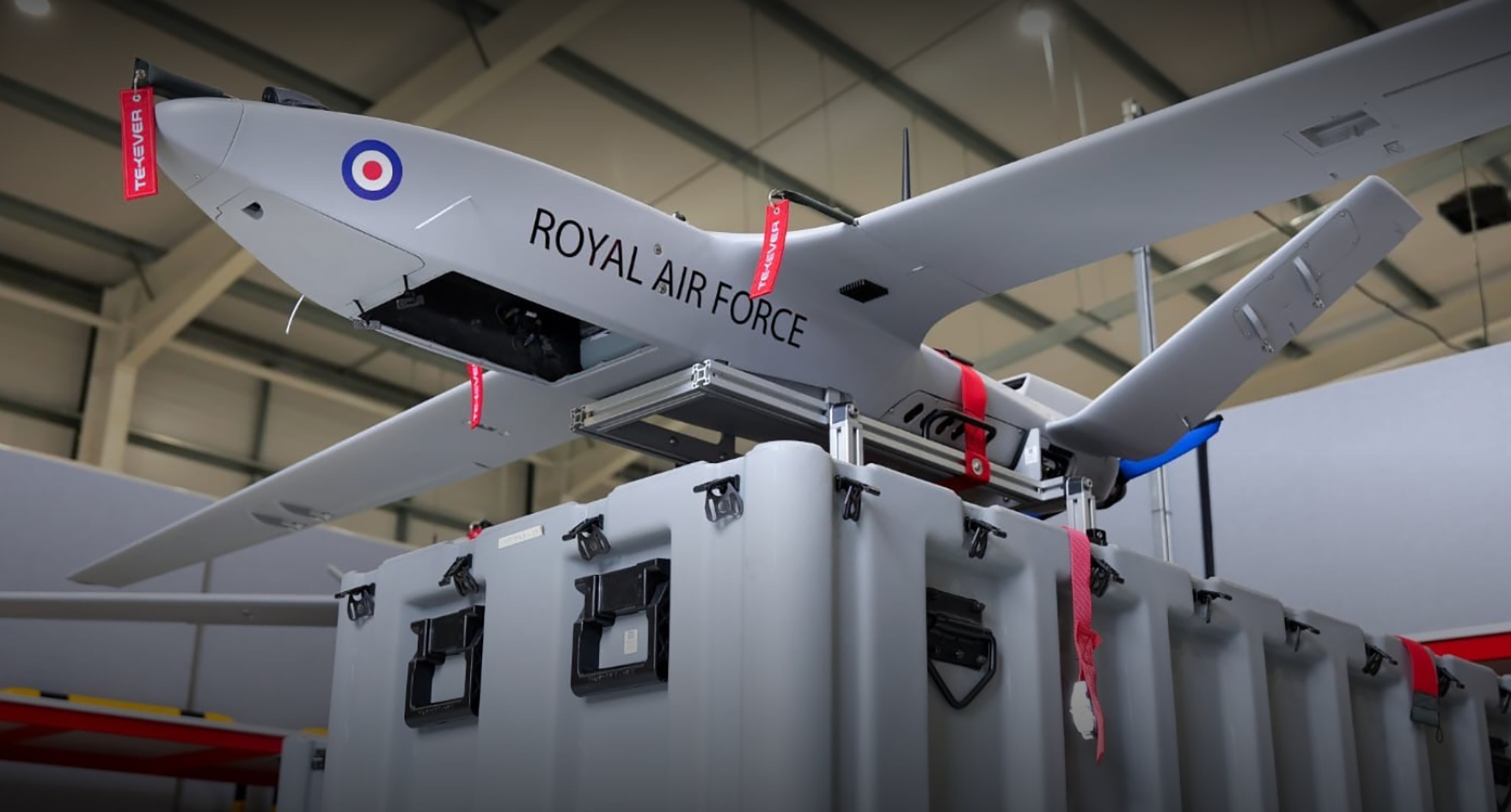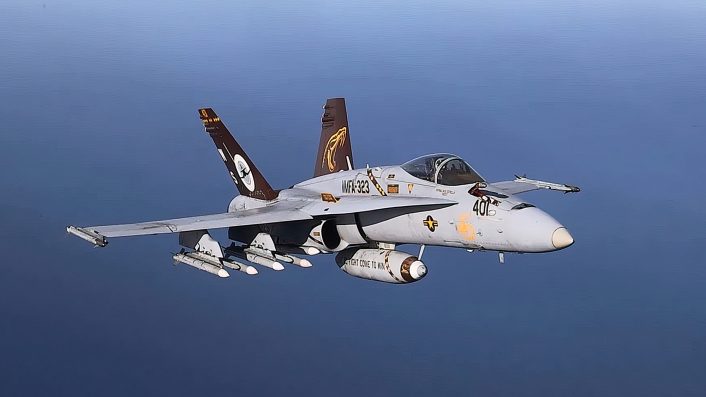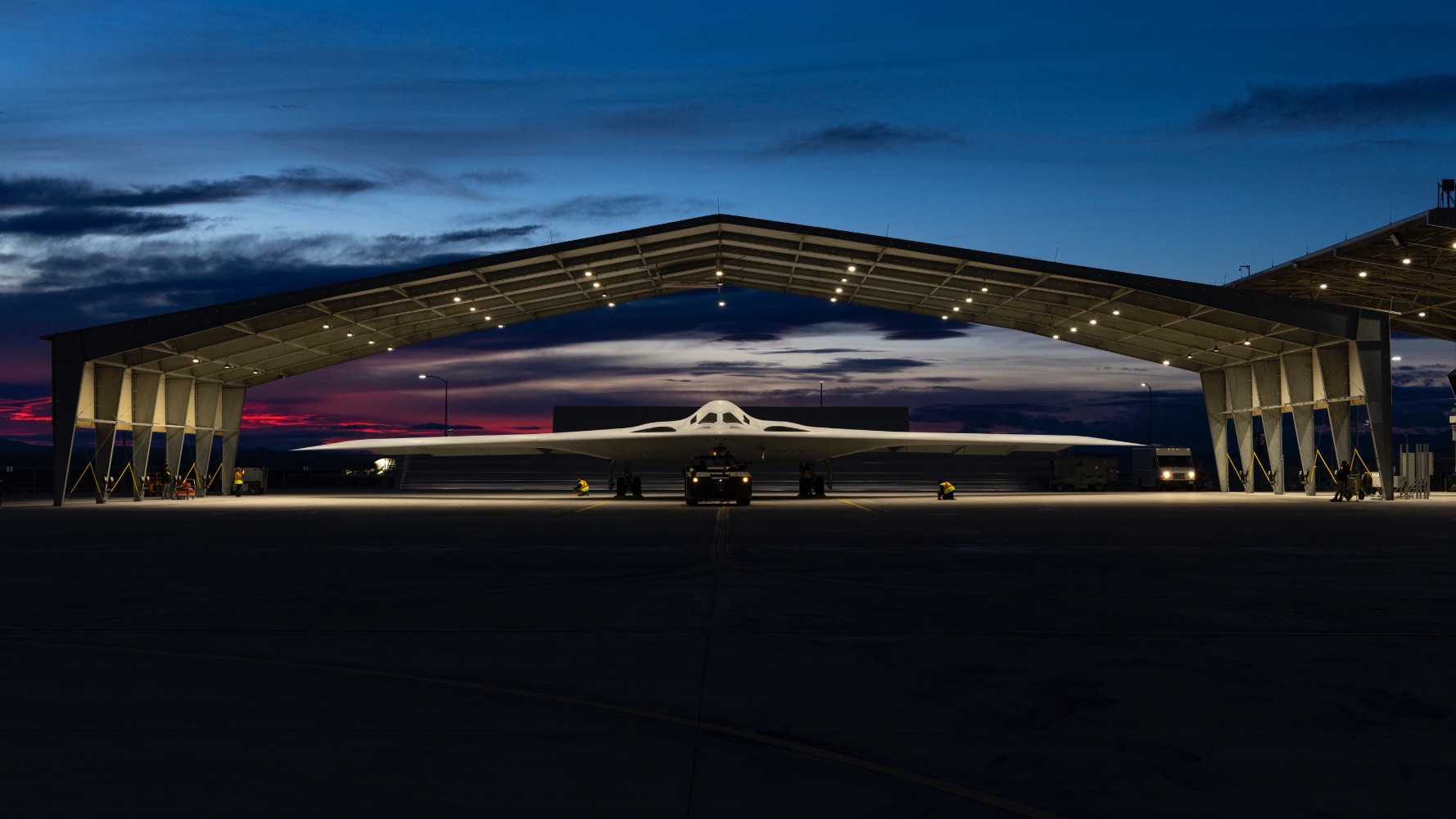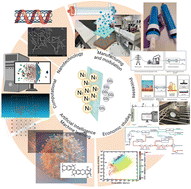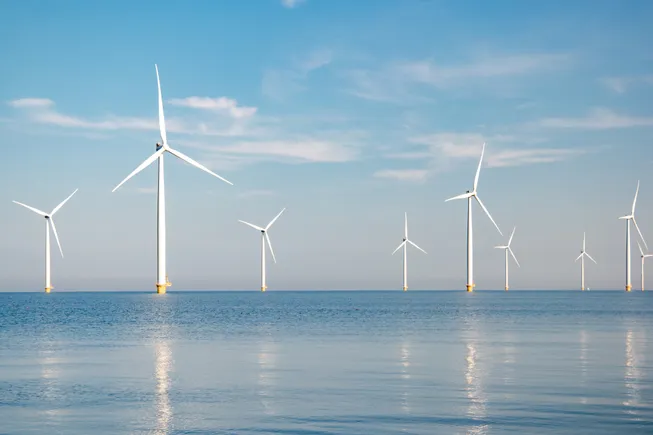Navy, Marine Corps chiefs hammer amphib readiness in back-to-back addresses
At Modern Day Marine, Acting Chief of Naval Operations Adm. Jim Kilby acknowledged he “owes” the Marine Corps a three-ship Amphibious Ready Group.


The Wasp-class amphibious assault ship USS Essex (LHD 2) and the San Antonio-class amphibious transport dock ship USS Anchorage (LPD 23) steam alongside off the coast of Hawaii. (U.S. Navy photo by Mass Communication Specialist 2nd Class Liam Kennedy/Released)
MODERN DAY MARINE 2025 — Amphibious ship readiness remains far below the Marine Corps’ requirement and even further away from the combatant commanders’ demand — and the US Navy knows it.
“I’ll be frank with you. We owe you a three-ship ARG [Amphibious Ready Group]. I owe you a three-ship ARG that’s ready to embark Marines and conduct the training cycle and deploy on schedule. I do not meet that requirement,” Acting Chief of Naval Operations Adm. Jim Kilby told a crowd at the Modern Day Marine Exposition in Washington, DC, on Thursday.
It was a blunt admission by the Navy’s interim senior officer on a subject that, despite some intra-service tensions in recent years, the Navy and Marine Corps’ top brass have been making public and private efforts to get back in sync on.
The Amphibious Ready Group is the Marine Corps’ premiere three-ship formation generally consisting of an assault ship (LHA), a transport dock (LPD) and a support vessel (LSD). Embarked on it is a Marine Expeditionary Unit — an assorted mix of infantry, artillery, combat engineers, their vehicles and aircraft, among other capabilities — hence the service’s short name for the combination, an “ARG-MEU.”Although the ARG carries Marines and their gear, it is the Navy’s responsibility to outfit the amphibs with necessary crews to operate the ships as well as oversee their associated maintenance periods.
“A MEU embarked on a three-ship Amphibious Ready Group is the most versatile, flexible and lethal global response force the United States has to offer,” Marine Corps Commandant Gen. Eric Smith told the crowd here just hours before Kilby spoke. The ARG-MEU is “the most called for asset after the carrier strike groups… It brings with it the ability to strike from range and to return to the sea without the need for access, basing and overflight.”
But during the service’s most recent deployments, it has been forced to settle for mixing and matching less than ideal configurations due to numerous maintenance issues. Kilby cited the Wasp and Boxer ARGs specifically as examples where ship maintenance issues left the Marine Corps wanting when it was time to deploy.
RELATED: One Deployment, Three Ships And A Whole Lot of Challenges
The Marine Corps’ standing goal is to maintain what’s known as a 3.0 presence: That means one ARG deployed from the East Coast to the Mediterranean or coast of Africa; one from the West Coast to the Pacific and a third “episodically” deployed forward from Japan, according to Smith.
“What they’re [the combatant commanders] asking for is 5.5 and we can only deliver 1.0 right now, and that has to change. We have to get back to a 3.0 ARG-MEU presence, because I think we owe that to the combatant commanders,” Smith said.
Last year then-CNO Adm. Lisa Franchetti said she started working with Smith to begin more aggressively tackling the problem of amphibious ship readiness, and both officers later publicly stated on multiple occasions they were in lockstep on the path forward.
Kilby on Thursday said one of the potential solutions will be to try scheduling maintenance availabilities approximately 500 days out, rather than the traditional 180-day timeframe used previously. The idea is that if both the Navy and its contractors have more time to prepare up front, it’ll cut down on unexpected problems when it’s time to start work.











